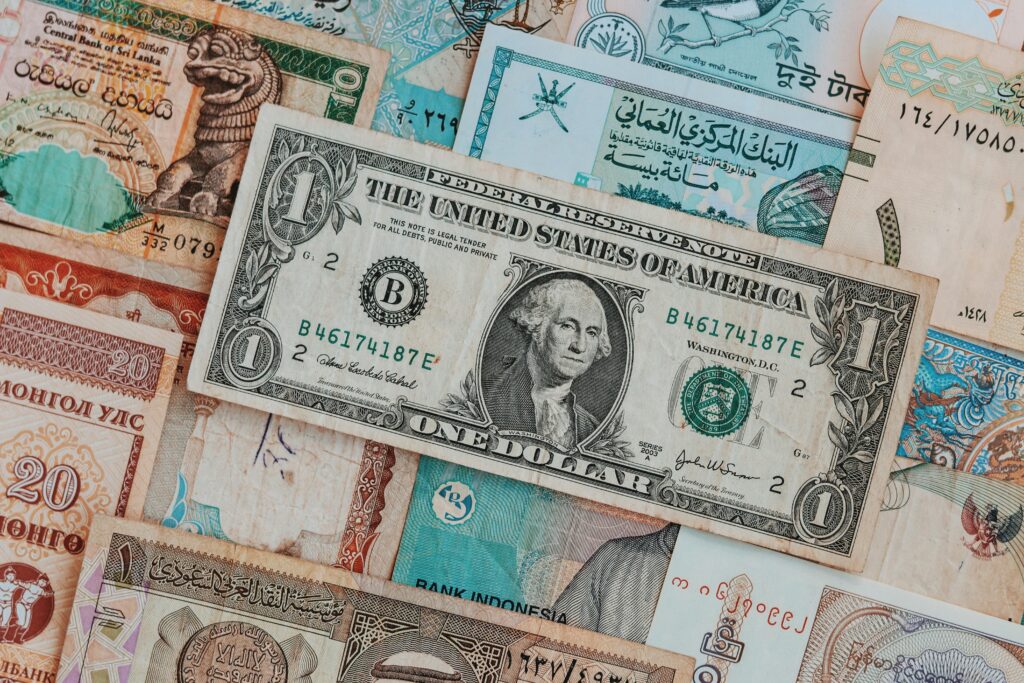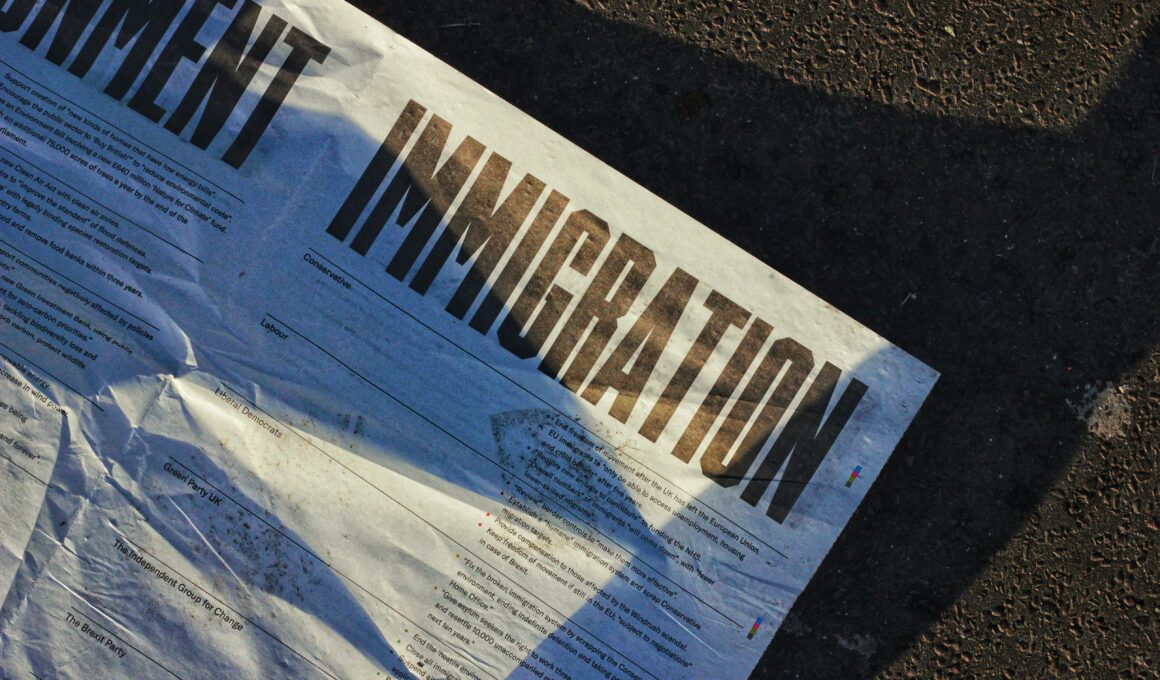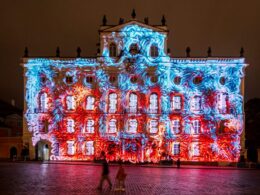Sisällysluettelo Näytä
Czech immigration to America in search of economic opportunities is an important part of the shared history of the two countries. Beginning in the middle of the nineteenth century and continuing until the present day, influxes of Czech immigrants to America have left a permanent imprint on the nations’s social, cultural, and economic fabric.
With more than 1.5 million Americans claiming Czech heritage, the Czech-American community is thriving in the US today. Festivals honoring the culture and history of the Czech people are held in places like Cleveland, Ohio (Czech and Slovak Festival) and Wilber, Nebraska (National Czech Festival).
Aikana Czech immigration to the US, the immigrants went through a lot but despite all that they persisted, creating a fresh identity for themselves while holding on to their heritage. Their example of perseverance and hope for a new life in America is borne out by the thriving Czech-American community, which they helped build.
The first waves of Czech immigration to America

A large number of Czechs immigrated to the United States in search of a better life in the midst of political upheaval, economic depression, and religious persecution in the middle of the nineteenth century.
Midway through the nineteenth century, a large influx of Czech immigrants began to come in the United States. They settled mostly in the Midwest, especially in places like Iowa, Nebraska, Wisconsin, Illinois, and Wisconsin.
The allure of unspoiled territory, individual freedom, and boundless economic opportunity enticed these early Czech pioneers, who laid the groundwork for prosperous frontier towns and altered the face of the American Midwest forever.
Reasons for Czech immigration to the USA
Several historical events and trends have impacted Czech immigration to USA. Some important reasons why Czechs immigrated to the United States are:
Economic opportunities
Numerous Czech families left for greater financial possibilities in the US due to economic hardship and restricted social mobility. They immigrated to America to look for work and financial security to escape destitution, joblessness, and land constraints.
Religious freedom
Due to the discrimination and persecution of Protestants and Hussites,numerous Czech emigrants fled to the US. They chose America for its religious freedom and acceptance, where they could follow their beliefs without persecution.
Political unrest
Revolutions, wars, and dictatorships drove Czech immigration to America. Political dissidents and activists fled to America for better political liberties and democratic nations.
Land opportunities
Czech immigrants to the US, especially in the 19th century, were drawn to land. Czech farmers and rural settlers sought homesteading opportunities in the Midwest and West to start new lives for their families.
Industrialization and urbanization
Czech immigrants found work in factories, mines, mills, and other industries in the late 19th and early 20th centuries as industry and urban areas grew in the US. They sought work and better lifestyles in Chicago, New York, and Cleveland.
Family reunification
Many Czech immigrants wanted to join relatives in the US. Many immigrants went to America to reunite with family and start new lives.
Education and opportunity
The US offered educational and social mobility that the Czech Republic lacked. Czech immigrants saw American education as a way to improve their and their children’s prospects.
Escape from conscription and military duty
Some Czech immigrants immigrated to the US to avoid Austro-Hungarian or Czechoslovak military service. People sought escape from military commitments overseas since conscription was harsh.
Settlement areas of Czechoslovakian immigrants in the US
Due to economic opportunities, cultural ties, and immigrant communities, some regions were popular destinations for Tšekkoslovakia people immigration to the America. Important settlements include:
Midwest: Czech immigrants came to Chicago, Cleveland, and Cedar Rapids for industrial, meatpacking, and agriculture jobs. Czech culture flourished in Chicago’s Pilsen and Omaha’s Little Bohemia.
Nebraska: Omaha and Wilber were major Czech immigrant settlements. Omaha’s meatpacking and Wilber’s agriculture offered jobs and culture.
Texas: Czech immigrants helped Houston flourish, especially in agriculture and commerce. Czechs settled in Houston’s East End.
New York: Czech immigrants settled in Manhattan’s Upper East Side districts like Yorkville, despite their small numbers. Culture and social clubs were created to preserve Czech culture.
Pennsylvania: Czech immigrants settled in Pittsburgh and adjacent areas for steel mills, coal mines, and manufacturing jobs. Czech communal life flourished in South Side Slopes.
Czech immigration today
Economic possibilities, political situations, and family ties continue to impact Czech immigration to the US. Although the flow of Czech immigration to America has slowed, some individuals and families still move for various reasons. Some issues of Czech immigration today:
Economic migration
The US’s strong economy and broad job market encourage Czechs to work or start a business.
Education and research
Czech students and academics immigrate to the US for higher education or research collaborations.
Family reunification
Like other immigrants, Czech families immigrate to the US to reconnect with relatives.
Cultural exchange and tourism
Czechs visit the US for tourism, cultural exchange, or temporary work. These visits allow visitors to experience American culture, get fresh viewpoints, and chat across cultures.
Temporary and seasonal work
The H-1B visa for skilled workers and the J-1 visa for cultural exchange participants allow some Czech nationals to work in the US temporarily. Seasonal jobs in agriculture, hospitality, and tourism attract migrant workers.
Heritage and preservation of Czech culture
Since Czechoslovakia immigration to America, Czech-American communities have worked to preserve Czech culture and tradition. Even thousands of miles from their birthplace, Czech immigrants and their descendants have preserved and celebrated their culture. Here are some ways the US has preserved and cherished Czech culture:
- Czech-American clubs, associations, and organizations foster Czech culture through celebrations, language classes, and cultural programs.
- Czech community centers provide events, gatherings, concerts, and educational programs.
- Czech-American churches conduct Czech services and festivities.
- Czech-American communities host festivals, heritage days, and events involving folk music, dance, traditional food, and crafts.
- Czech-American language institutions and classes attempt to preserve the Czech language for future generations.
- Museums, cultural centers, and historical sites conserve Czech-American objects, documents, and memorabilia.
- Artist residencies, student exchanges, and artistic tours promote Czech-US cultural exchange.
- Cultural identity is strengthened via Czech-American family gatherings and oral history, which pass along traditions, stories, recipes, and rituals.





